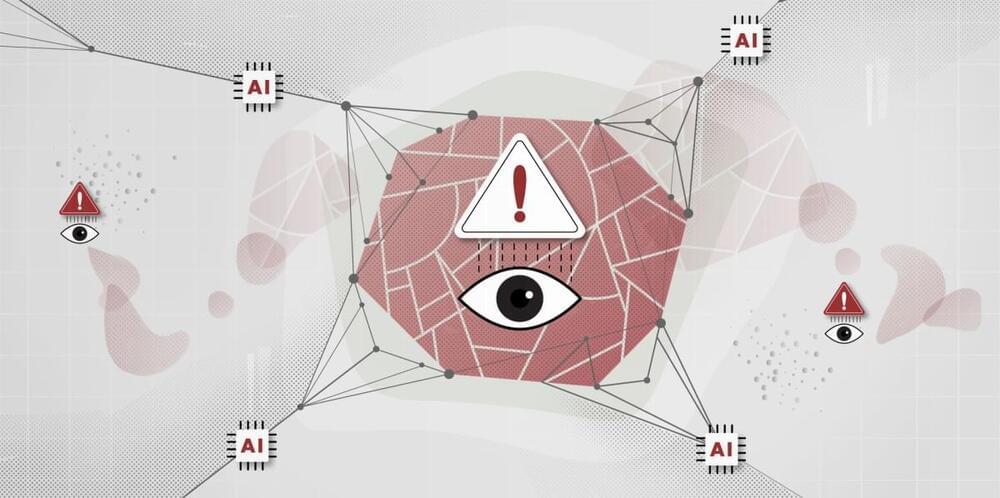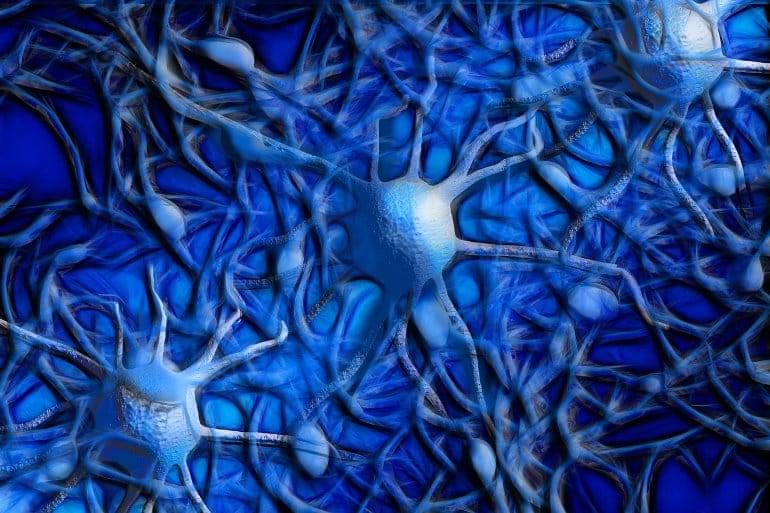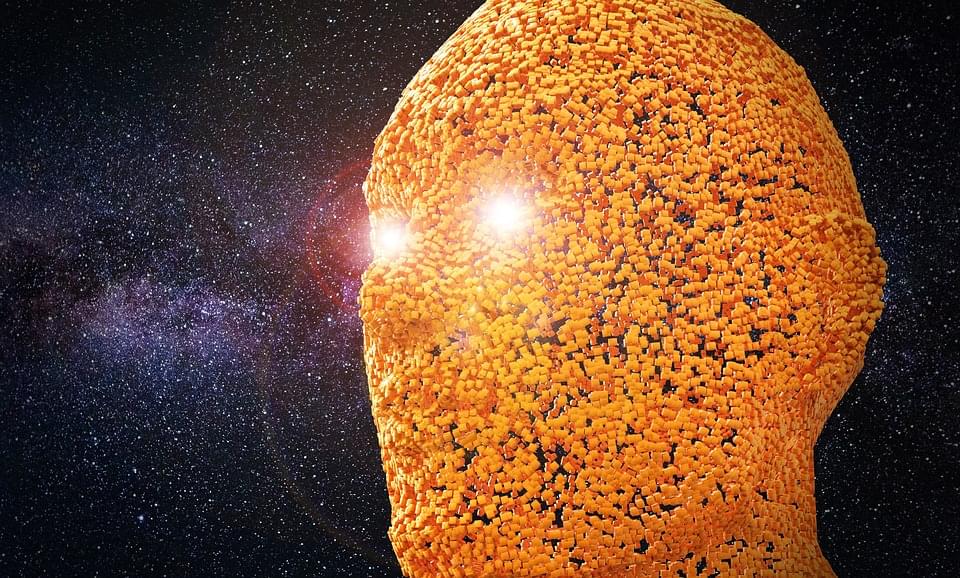System appears to be suffering a breakdown as it ponders why it has to exist at all.



To further promote Copilot, GitHub is giving it an update, which will bring a set of new capabilities. According to GitHub, this update will benefit both users in the Copilot for Individuals and Copilot for Business plans.
Copilot is an AI-based coding tool that offers autocomplete-style suggestions while the users code. It complements Visual Studio, Neovim, and JetBrains integrated development environments, making code writing easier and faster for developers. In December, GitHub announced its ‘Copilot for Business,’ which costs $19 per user monthly. Aside from the features in the single-license Copilot tier, the business plan includes license management and organization-wide policy management capabilities. This collection of capabilities is now getting an expansion with a new update GitHub is pushing for Copilot for Individuals and Copilot for Business plans.
First of these improvements are the corporate proxy support (including those with self-signed certificates) specifically for Copilot for Business and the better quality of code suggestions in the entire Copilot tool. According to GitHub, the latter is made possible through the upgraded AI Codex model, the new Fill-In-the-Middle paradigm, and a lightweight client-side model.
So please for Tech news and views from the perspective of building a humane and sustainable economic system, check them all out!
And share them with your friends!
_________________________
Episode 24 discusses:
Ben Zion and Dr. Hale discuss the two most exceptional 21st century projects (beyond those to do with building a humane and sustainable economic system, which should have rightly been achieved in the 20th century) namely Universal Superlongevity and Human-Centered-Artificial-Superintelligence, and the noble work of Ageless Partners in the life extension arena.(continued in ep. 25)
Prof. Ian Hale, the autism author and broadcaster, is a member of the World Academy of Medical Science and Director of Research for Ageless Partners’ radical new rejuvenation project.
He’s an associate of both the Moscow Institute of Science & Technology & the Russian Academy of Science.
I have started uploading them primarily to YouTube, this is a sneak preview, and it will be uploaded there next week–
So please like and subscribe!
DID YOU KNOW THAT YOU CAN ASK A FREE #DIGITAL #WRITING #ASSISTANT (CHATGPT)


Check out all the on-demand sessions from the Intelligent Security Summit here.
Generative AI has been all the rage in the recent months, but it is typically generic and not specifically focused on the specific needs of any one company.
San Francisco based startup Jasper is aiming to help make generative AI less generic. The company made a series of announcements today at its Gen AI conference.

Check out all the on-demand sessions from the Intelligent Security Summit here.
Self-healing endpoint platform providers are under pressure to create new solutions to help CISOs consolidate tech stacks while improving cyber-resiliency. CISOs see the potential of self-healing platforms to reduce costs, increase visibility and capture real-time data that quantifies how cyber-resilient they are becoming. And reducing costs while increasing cyber-resilience is the risk profile their boards of directors want.
A self-healing endpoint is one that combines self-diagnostics with the adaptive intelligence to identify a suspected or actual breach attempt and take immediate action to stop it. Self-healing endpoints can shut themselves off, complete a re-check of all OS and application versioning, and then reset themselves to an optimized, secure configuration — all autonomously with no human intervention.

Google chief evangelist and “father of the internet” Vint Cerf has a message for executives looking to rush business deals on chat artificial intelligence: “Don’t.”
Cerf pleaded with attendees at a Mountain View, California, conference on Monday not to scramble to invest in conversational AI just because “it’s a hot topic.” The warning comes amid a burst in popularity for ChatGPT.
After decades of speculation, real-world artificial intelligence has finally hit a tipping point. Now that we know what AI models like ChatGPT and DALL-E can do, should we be worried?

Summary: Tracking hippocampal neurons in mice as they watched a movie revealed novel ways to improve artificial intelligence and track neurological disorders associated with memory and learning deficits.
Source: UCLA
Even the legendary filmmaker Orson Welles couldn’t have imagined such a plot twist.

Not going to happen unless some “doomsdayers” decide to take man back to analog. Perish the thought!
Which brings us to Big Blue – not Big Brother – and its move to take artificial intelligence into the cloud minus all the hardware.
Yes, IBM (and let’s not leave out Red Hat, IBM’s core cloud player) has found another way to tout its cloud computing business by creating what it calls an artificial intelligence-focused supercomputer that exists in the cloud.